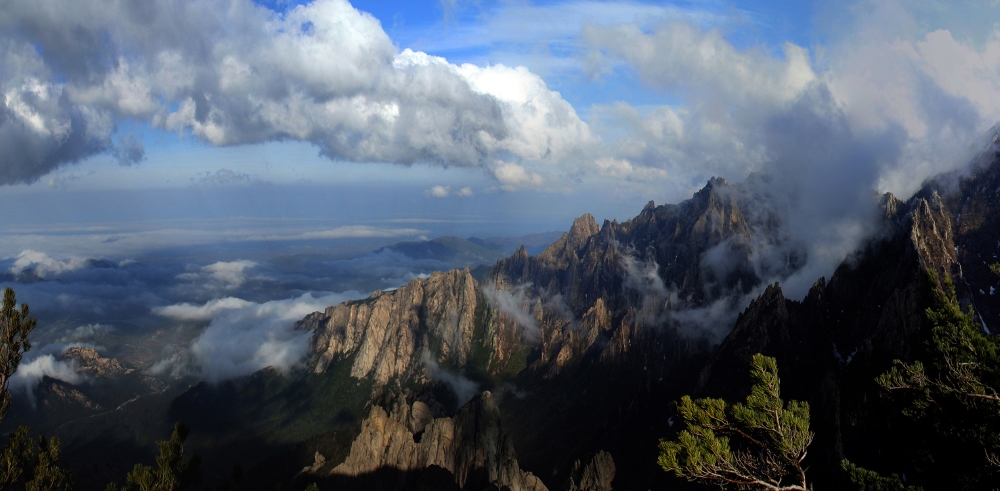|
|
|
|
|
|
|
|
|
|

|
|
|
ASIA
Why the World Isn’t Done with China
The PRC continues to attract a steady stream of foreign direct investment (FDI), writes Tractus Senior Research Analyst Miranda Dai, despite concerns over a slowing economy, trade friction and rising costs.
|
|
|
Read More >>>>
|
|
|
|
|
|
|
|
|
ADVERTISEMENT

|
|
|
|
|

Photo courtesy of SANY Heavy Industry
|
|
China’s SANY Heavy Industry recently celebrated its rank as No. 956 on the Forbes Global 2000 list and the No. 1 construction machinery manufacturer in China, with a market capitalization of more than $22 billion and more than $10.8 billion in revenues for the reporting period examined. SANY’s global growth was explored in an October 2012 examination by Site Selection of attitudes toward Chinese investment in the United States, “Get Out and Come Back Soon.” Major facility investments by SANY over the past two years have included projects in its hometown of Changsha, China; Pune, India; Wilmington, North Carolina; DuPont, Washington, and a phase two investment of $150 million at its Lighthouse factory located at KIM Industrial Park in Indonesia, where the company’s construction equipment arm established its first non-Chinese plant in 2020.
|
|
|
|
|
|
|

|
|
INVESTMENT PROFILE: CONSUMERS ENERGY
‘Let’s Move Some Dirt’
Michigan heralds an expanding portfolio of industrial sites.
|
|
|
|
|
|
|
ADVERTISEMENT

|
|
|
|
|

Photo by SDI Productions: Getty Images
|
|
The Proceedings of the National Academy of Sciences (PNAS), a peer reviewed journal of the National Academy of Sciences (NAS), early this month published a paper by a number of international economists titled “The global persistence of work from home.” Among its findings: The average number of WFH days per week has been steady at roughly one day per week globally from 2023 through early 2025. But WFH is about twice as common in advanced English-speaking economies as it is in much of Asia.
|
|
|
|
|

Photo by Ryu Tok In © Korea National Heritage Preservation Agency courtesy of UNESCO
|
|
Last week, the 47th session of the World Heritage Committee came to a close in Paris, France, with the inscription of 26 new cultural and natural properties on UNESCO’s World Heritage List. The list now numbers 1,248 sites in 170 countries. Among the new locations is Mount Kumgang – Diamond Mountain from the Sea, located in North Korea. “This sacred mountain is a key site of mountain Buddhism, with traditions dating back to the 5th century,” says the UNESCO citation. “This cultural landscape is home to ancient hermitages, temples, stupas and stone carvings, many located in the Outer and Inner Kumgang Area. Three temples remain active today and bear exceptional testimony to centuries of Buddhist practice, with tangible and intangible heritage deeply intertwined with the landscape.”
The mountain is just over 30 miles from the city of Sokcho in Gangwon-do in South Korea, which in summer 2026 will host the next meeting of the World Heritage Committee in Busan.
|
|
|
|
|









